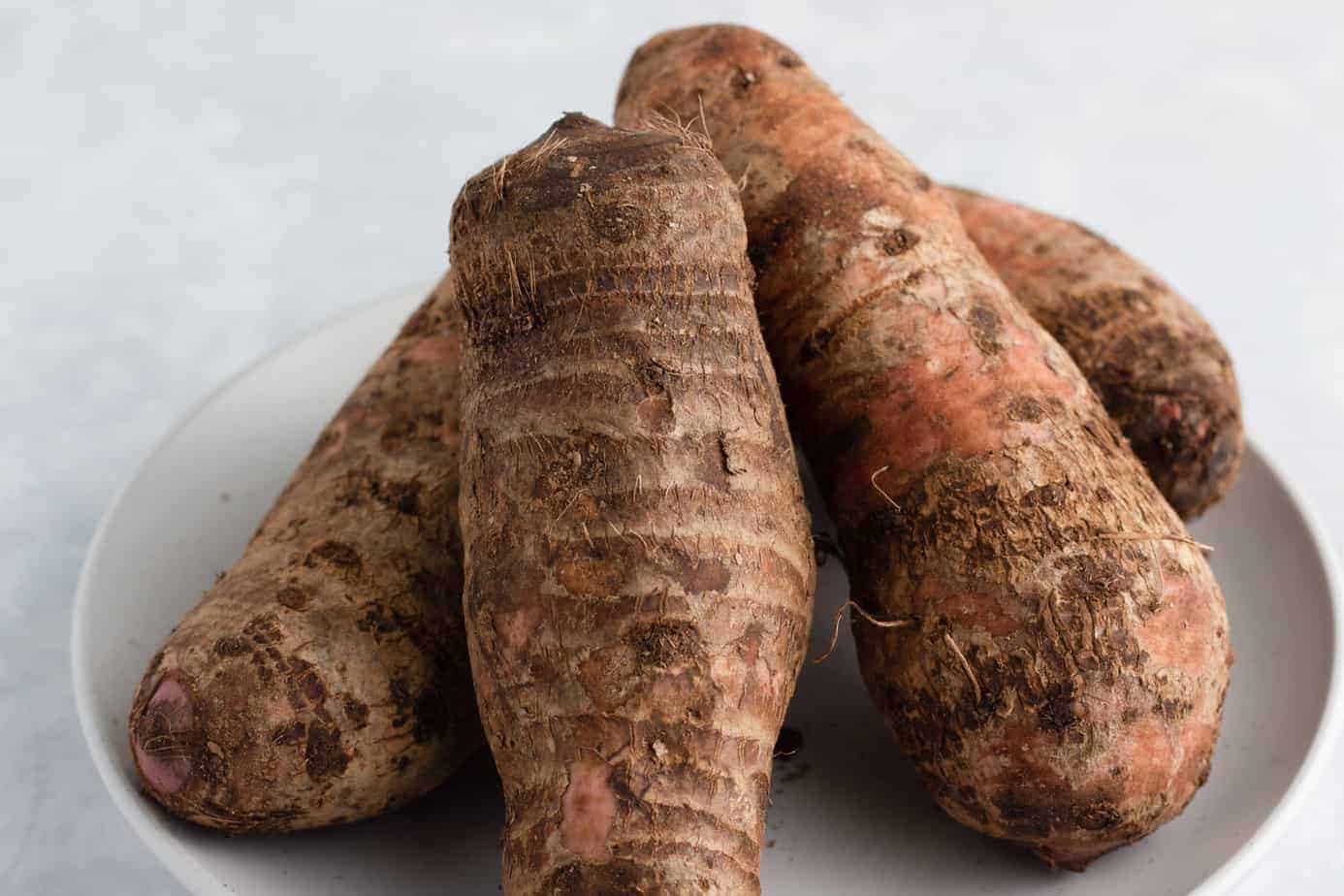
Xanthosoma sagittifolium, commonly known as malanga or tannia, is a tropical plant with a rich history and many uses. Originating from South America, this versatile root vegetable has spread across the globe, becoming a staple in various cuisines. But what makes Xanthosoma sagittifolium so special? Its large, heart-shaped leaves and starchy tubers are not only visually striking but also packed with nutrients. Farmers appreciate its resilience and adaptability, thriving in diverse climates and soil types. Curious about its benefits? This plant offers dietary fiber, vitamins, and minerals, making it a healthy addition to meals. Whether boiled, fried, or mashed, malanga provides a unique flavor and texture that can elevate any dish. Ready to learn more? Let's dive into 15 fascinating facts about this remarkable plant!
Key Takeaways:
- Xanthosoma Sagittifolium, also known as tannia or malanga, is a tropical plant rich in carbohydrates, fiber, and essential vitamins, making it a nutritious and energy-packed food source.
- Culturally significant and versatile, Xanthosoma Sagittifolium's edible corms and leaves are used in traditional medicine, culinary dishes, and cultural festivals, contributing to its economic importance in tropical regions.
What is Xanthosoma Sagittifolium?
Xanthosoma sagittifolium, commonly known as tannia or malanga, is a tropical plant grown for its edible corms and leaves. This versatile plant has a rich history and numerous uses.
-
Origin: Native to tropical America, particularly the Amazon basin.
-
Common Names: Known as tannia, malanga, yautia, and cocoyam in various regions.
-
Family: Belongs to the Araceae family, which includes other well-known plants like taro and elephant ear.
Nutritional Benefits of Xanthosoma Sagittifolium
This plant is not just a staple food in many tropical countries but also packed with nutrients. Let's look at some of its nutritional benefits.
-
Rich in Carbohydrates: Provides a significant source of energy due to its high carbohydrate content.
-
Dietary Fiber: Contains a good amount of dietary fiber, aiding digestion and promoting gut health.
-
Vitamins and Minerals: Packed with essential vitamins like vitamin C and minerals such as potassium and magnesium.
Culinary Uses of Xanthosoma Sagittifolium
Xanthosoma sagittifolium is a culinary delight in many cultures. Its versatility in the kitchen makes it a favorite among chefs and home cooks alike.
-
Edible Corms: The corms can be boiled, baked, or fried, similar to potatoes.
-
Leafy Greens: Young leaves are cooked and eaten like spinach in many tropical regions.
-
Flour Production: The corms can be dried and ground into flour, used in baking and cooking.
Cultivation and Growth
Growing Xanthosoma sagittifolium requires specific conditions to thrive. Here are some interesting facts about its cultivation.
-
Climate: Prefers warm, humid climates with plenty of rainfall.
-
Soil: Grows best in well-drained, fertile soils rich in organic matter.
-
Propagation: Propagated through corms or cormels, making it relatively easy to cultivate.
Cultural Significance
This plant holds cultural importance in many regions where it is grown and consumed. Let's explore its cultural significance.
-
Traditional Medicine: Used in traditional medicine to treat various ailments, including digestive issues and skin conditions.
-
Cultural Festivals: Featured in cultural festivals and rituals, symbolizing abundance and prosperity.
-
Economic Importance: Provides a source of income for many small-scale farmers in tropical regions.
Final Thoughts on Xanthosoma Sagittifolium
Xanthosoma sagittifolium, also known as malanga or elephant ear, is a fascinating plant with a rich history and many uses. Its nutrient-rich tubers serve as a staple food in many tropical regions, providing essential vitamins and minerals. Beyond its culinary uses, the plant's large, decorative leaves make it a popular choice for ornamental gardening.
Understanding the cultural significance and practical applications of this plant can deepen our appreciation for its role in various societies. Whether you're interested in its agricultural potential, nutritional benefits, or aesthetic appeal, Xanthosoma sagittifolium offers something for everyone.
So next time you come across this versatile plant, remember its unique contributions to both food and culture. It's more than just a pretty leaf; it's a valuable resource with a story to tell.
Frequently Asked Questions
Was this page helpful?
Our commitment to delivering trustworthy and engaging content is at the heart of what we do. Each fact on our site is contributed by real users like you, bringing a wealth of diverse insights and information. To ensure the highest standards of accuracy and reliability, our dedicated editors meticulously review each submission. This process guarantees that the facts we share are not only fascinating but also credible. Trust in our commitment to quality and authenticity as you explore and learn with us.


